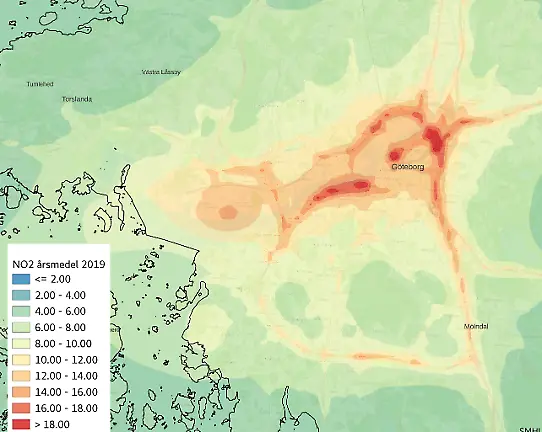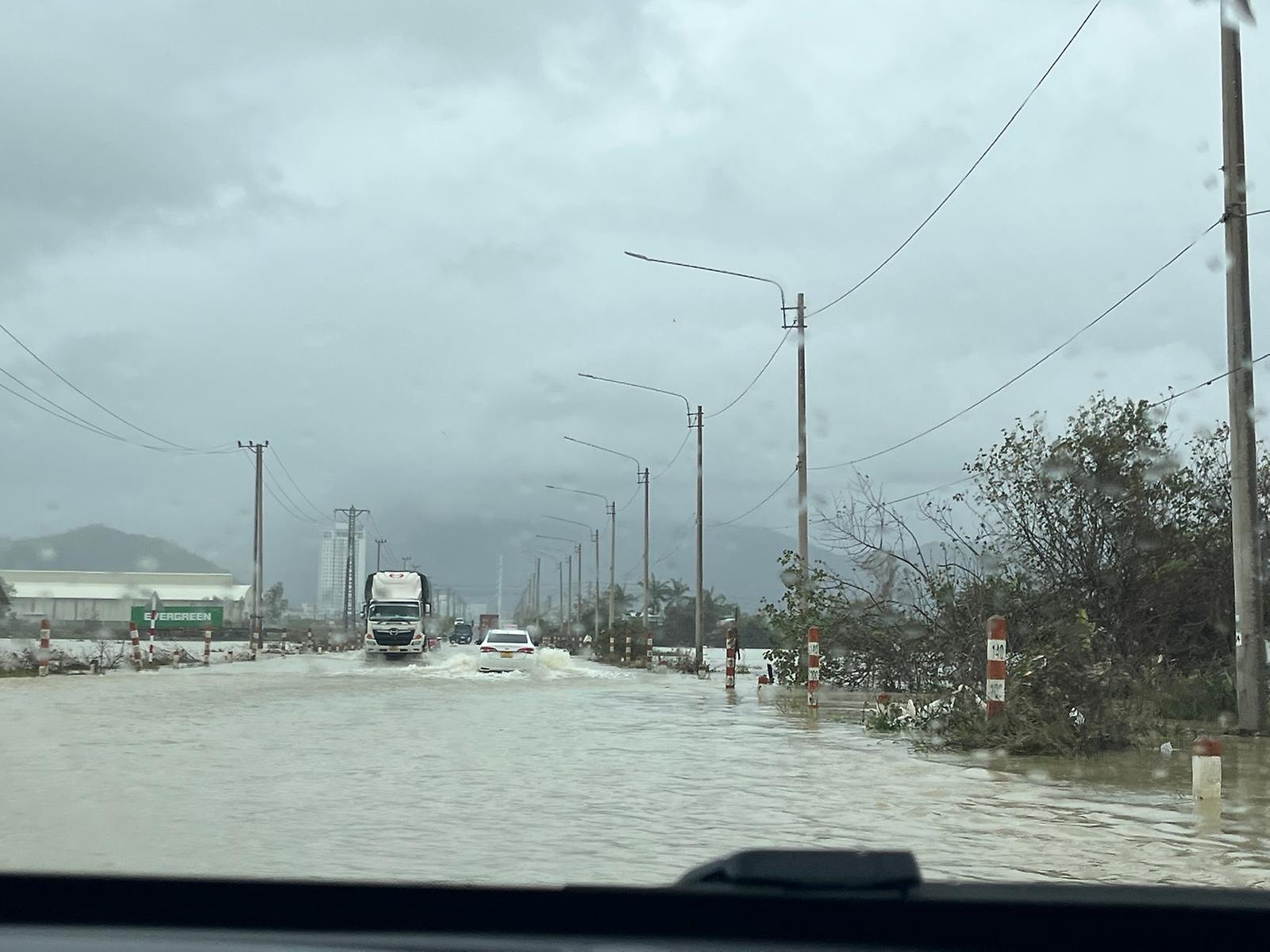New methodology for calculating air pollution provides national exposure and health data for Sweden
Polluted air affects your health - especially if you are a child, elderly or belong to a risk group. At SMHI, researchers and air quality experts are now developing a new methodology for calculating how much air pollution the population is exposed to, both now and in the future, in cities and in rural areas, along major roads and in urban hotspots. “We see exciting data that can be used in many contexts,” says Helene Alpfjord Wylde, air quality expert at SMHI.
Studies show that every year around 7,000 residents in Sweden meet an early death due to the air pollution they are exposed to. In the work to improve air quality, the lack of national geographically covering data has been a challenge so far. Such data can provide detailed information on how much air pollution the population is exposed to and its health effects. SMHI has, with support from the Swedish Environmental Protection Agency and the Swedish Transport Administration, now developed a new methodology for calculating air pollution and population exposure in high resolution. The methodology can be used both for national calculations on the exposure today and how it may change after measures to improve the air quality.
“With our new method, we get more detailed assessments for calculating exposure. We will be able to see variations in pollution down to street level and this provides completely new opportunities to investigate how our health is affected by air pollution,” says Helene Alpfjord Wylde.
“Within epidemiological research there is a great need for detailed mapping of exposure. The method and results we develop will provide opportunities for new studies that increase the understanding of health effects from air pollution,” says David Segersson, air quality researcher at SMHI.
 Zoom image
Zoom imageThere is a strong need for detailed assessments of exposure to air pollution. The map shows a high-resolution example for Gothenburg, with annual average concentrations of nitrogen dioxide for 2019 (microgram/m3). The resolution is 250 meters, which captures detailed variations of pollution levels.
Improved air quality by 2030
The new method is also used to investigate future changes in air quality. SMHI has made calculations of estimated air quality in 2030.
“Our first results show that the levels of nitrogen oxides will decrease sharply by the year 2030, above all because a large part of our vehicles are expected to run on electricity instead of fossil fuels by then. For particles, we do not see such a strong reduction. But even if the particle levels do not decrease as drastically, it brings great health gains, especially a reduction of the small particles PM2.5, says Helene Alpfjord Wylde.
“It is important to analyse the development of future air quality to get a better understanding of how effective todays policies are and to identify the need of more policies and measures with the aim of reducing air pollutant and improving air quality”, says Maria Ullerstam at the Swedish Environmental Protection Agency.
SMHI's researchers and air quality experts have developed the new methodology on behalf of the Swedish Environmental Protection Agency and the Swedish Transport Administration. The work on the exposure and health data for both the present and 2030 is expected to be completed by the end of the year.


